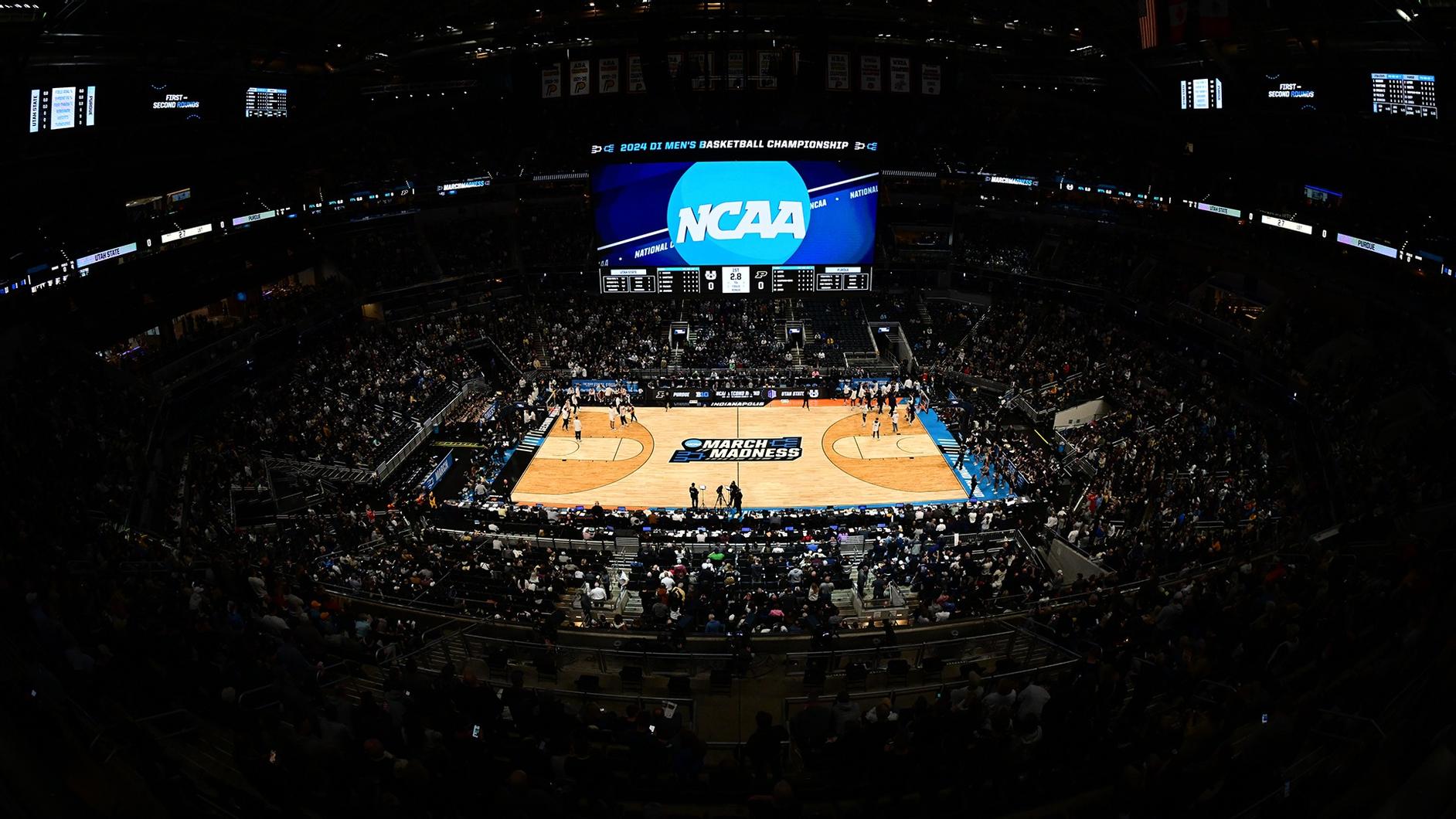Becoming Indispensable
It was only a year ago that I used this space to describe the resolve and ingenuity of those in our professions faced with an utter lack of production work. One cameraman, you may recall, was invariably folding towels at home whenever I called him for work -- not a good sign. An Avid editor we know had started giving lessons in video editing, and another friend had begun a side business designing and selling a baseball cap for shooters that doubled as a lens cap.
What a difference a year can make! Dennis, the editor, found serious, good-paying employment not very long after that story, and Rob, the designer of the "Lenzcap," has seen a steady increase in Chicagoland video production (and the hats are selling, too). Ed hasn't been folding too many towels lately, much to his wife's annoyance; he's been too busy running camera for producers like me. Nobody's quite so busy that they're turning away work. And no one's added a wing onto their homes, either. But there's a collective sigh of relief, it seems, throughout our industry as more new projects start.
END OF STORY?
Hardly. There's a kind of ant-and-grasshopper ethic that we all need to embrace in preparation for the next business downturn: Now, while things are relatively stable, we need to use some of that ingenuity and creativity to plan ahead.
There's an oft-repeated business school story that suggests the railroad barons of the 19th century, when asked to state what business they were engaged in, would likely have replied, "Well, we're in the railroad business, of course." If they had answered that their field was transportation, those families might today own trucking companies and airlines as well.
And that's not too far from where "the TV business" is today. The simple fact is that, broadcast TV aside, far fewer conventional (linear) video programs are being produced today than five or ten years ago. Sitting and waiting for clients to call and ask for a three-camera medical talk show is only going to make you old. And I can't remember the last time we hired actors and built sets to shoot a sales training role play.
It's all different now, and we have to adapt or die. Or fold towels.
ON THE OFFENSIVE
One thing we're trying to do in our little company is to become more proactive, to use the jargon of our clients. We've started discussions with one or two of our longer-term customers about new ways to reach employees with company news and information.
And we haven't limited our discussions to pie-in-the-sky program pitches; we're talking about entirely new media and distribution routes, and we're getting very specific about types of hardware and potential startup costs. Clients seem to like concrete plans like these.
PUSHING THE PLASMAS
One of the newer technologies we're talking up has been termed "digital signage" by the hardware manufacturers. One way to sell a boatload of plasma displays, it seems, is to use them as big, expensive signboards in building lobbies, conference centers, retail outlets and entertainment venues.
Most of the time, this amounts to white type on a blue gradient background, à la PowerPoint, complete with cheesy animated transitions. Occasionally, in a blinding burst of creativity, original art and clever layouts or sequencing, brighten things up.
What is usually overlooked, though, is the ability to push sound and video files through an IP network and into little servers, which can feed these displays. The result: Instant corporate television network, with screens in cafeterias, break rooms and lobbies.
OK, it's not actually live TV, but in as little as a few hours, a taped message from the CEO on a hot topic can be edited, compressed and pushed out across the network.
If you've ever watched CNN in an airport gate area, you already know all there is to know about programming a "wheel"-one segment at the top of the hour, a few short features here and there, human resources news at 20 past... you get the idea. Along with the CEO's segment, you send out a modified playlist, which drops the new clip into the rotation. And to fill in the odd minutes between clips, you can always have the playlist switch the screen over to the local cable feed to pick up a weather forecast channel.
This approach can work really well for a client with big ideas but modest resources. Sure, plasma screens and their newer cousins, LCDs, are a bit pricey, but there's no satellite time, no video transmission... just garden-variety IP network hookups. Depending on connection speeds, it's fairly quick to upload one or more segments and keep programming timely and fresh. It also works as well for three locations as it does for 300.
But the best part of all is what it does for you-it makes you indispensable. Someone's got to feed this beast. Someone's got to think up programming, give it a look, go out and shoot it and edit it. And this goes for any medium you can convince the client to use-a series of daily Web-delivered company news clips, a monthly DVD marketing digest-once a channel is established, someone's got to feed it. And that ought to be you.
So let's not wait for that next economic slowdown before we all get ingenious. Think up something today, keep it affordable and practical, and sell it. Make yourself indispensable.
Walter Schoenknecht can be reached via e-mail at walter@mmgi.tv
Get the TV Tech Newsletter
The professional video industry's #1 source for news, trends and product and tech information. Sign up below.
